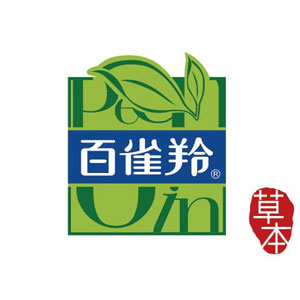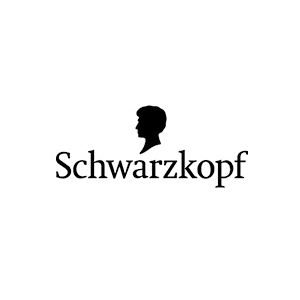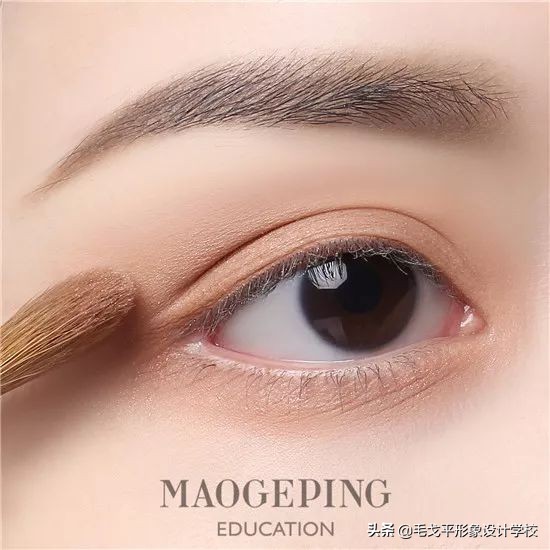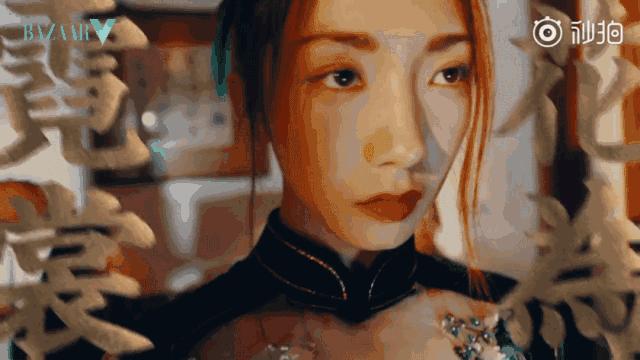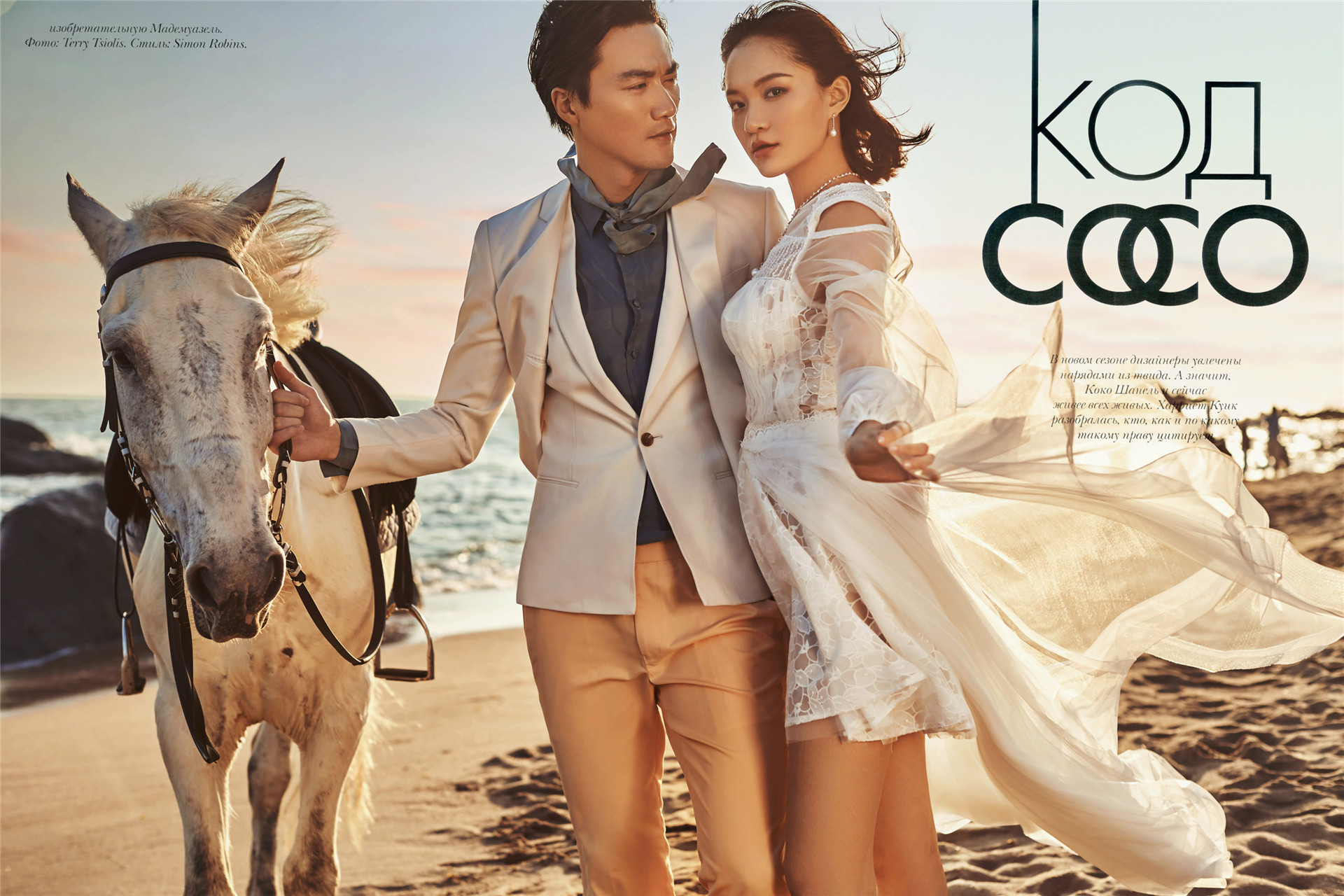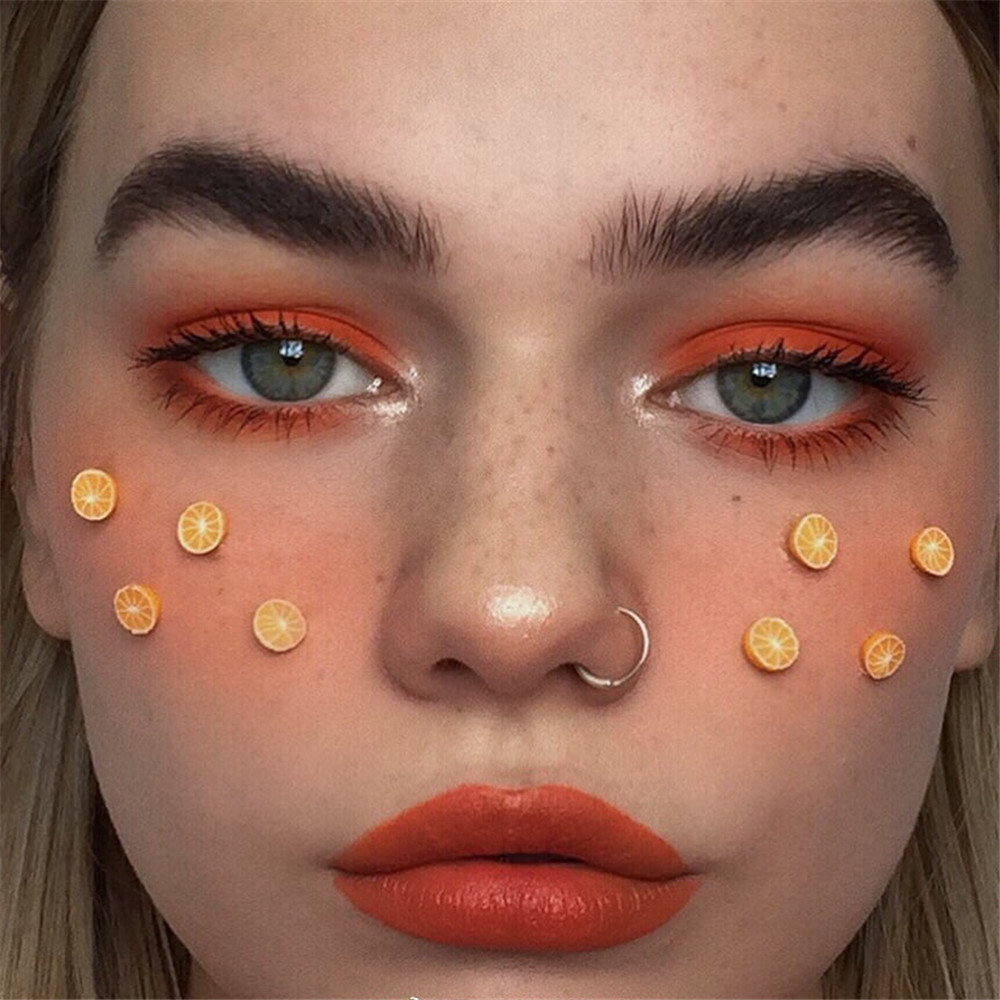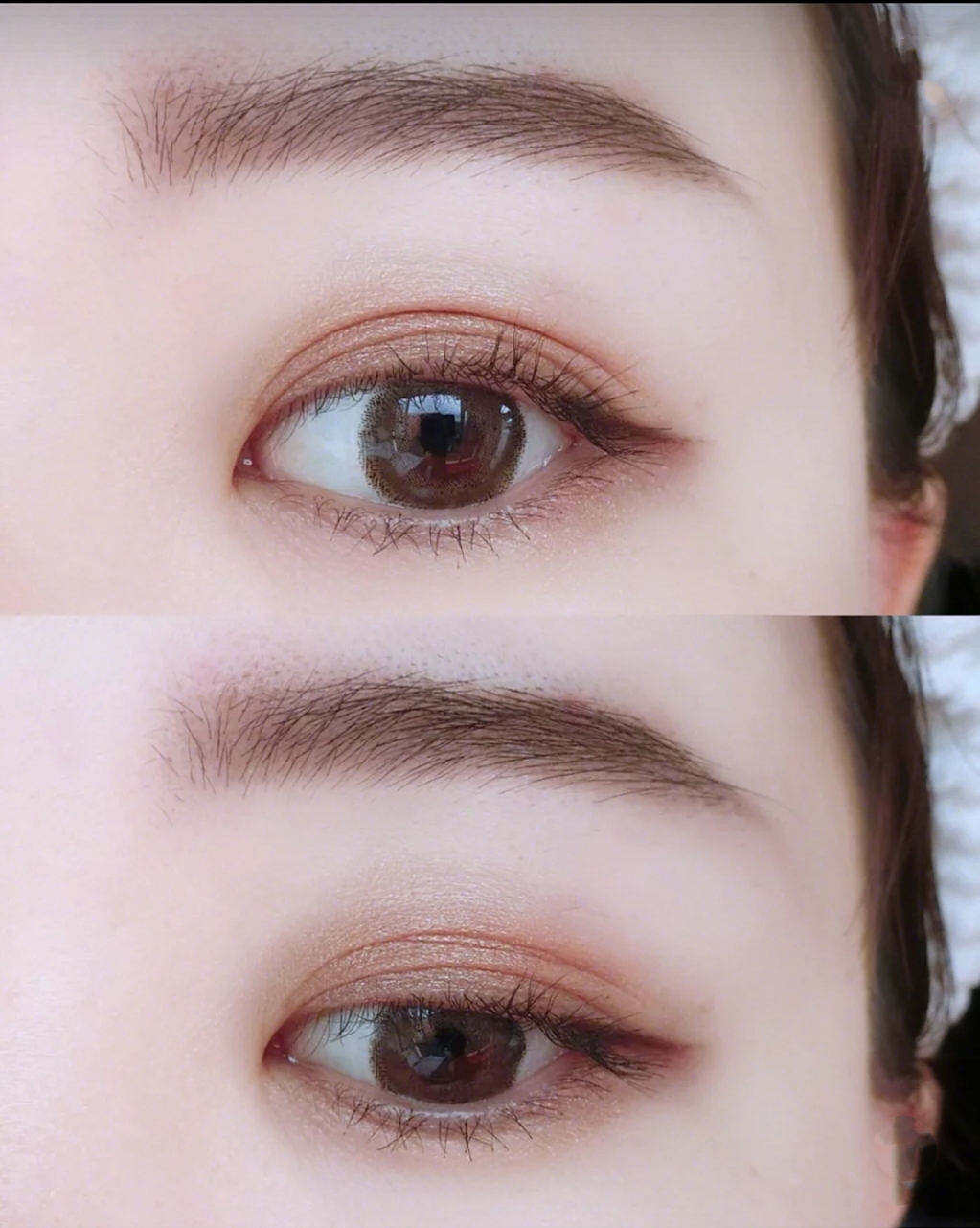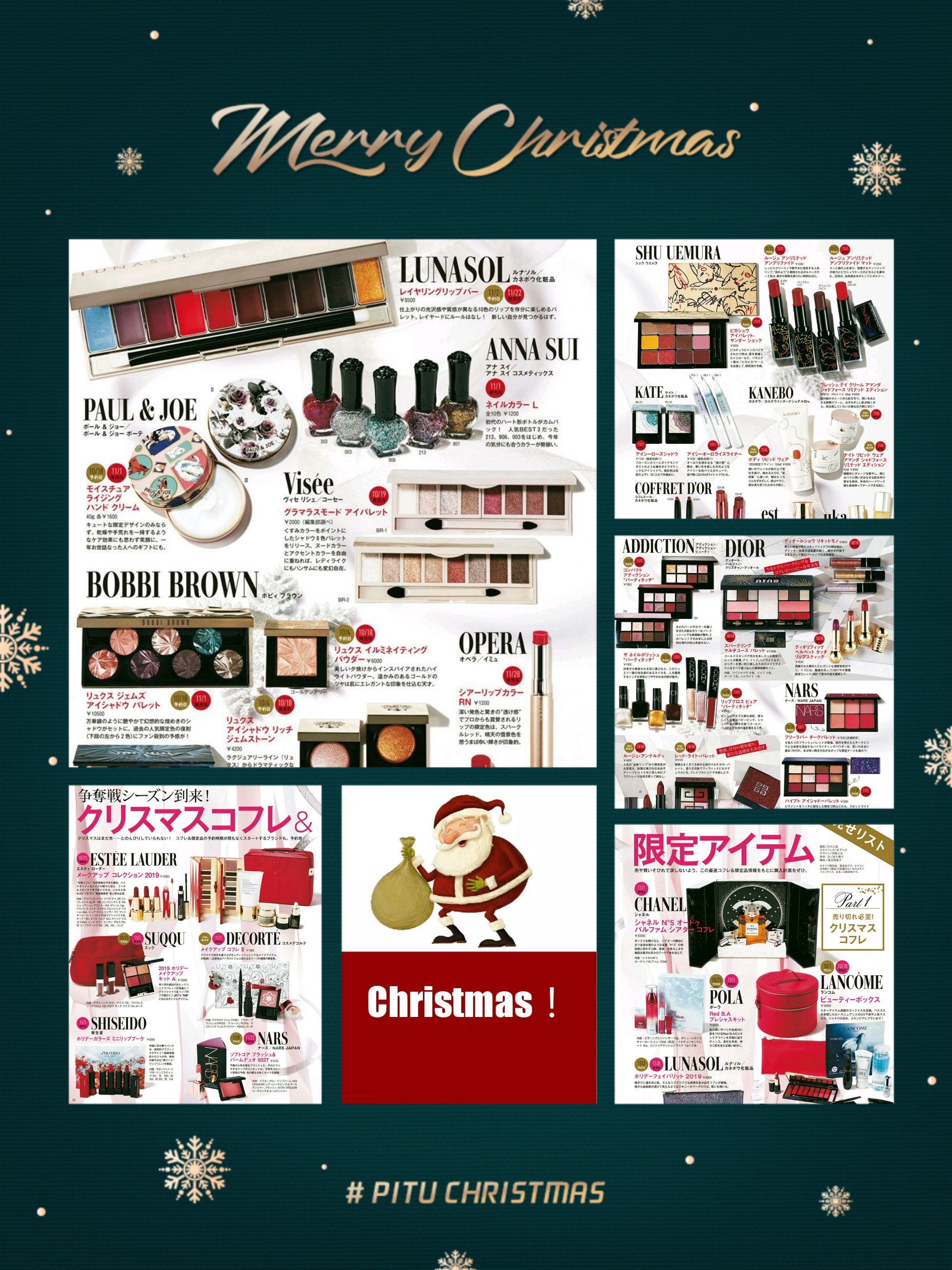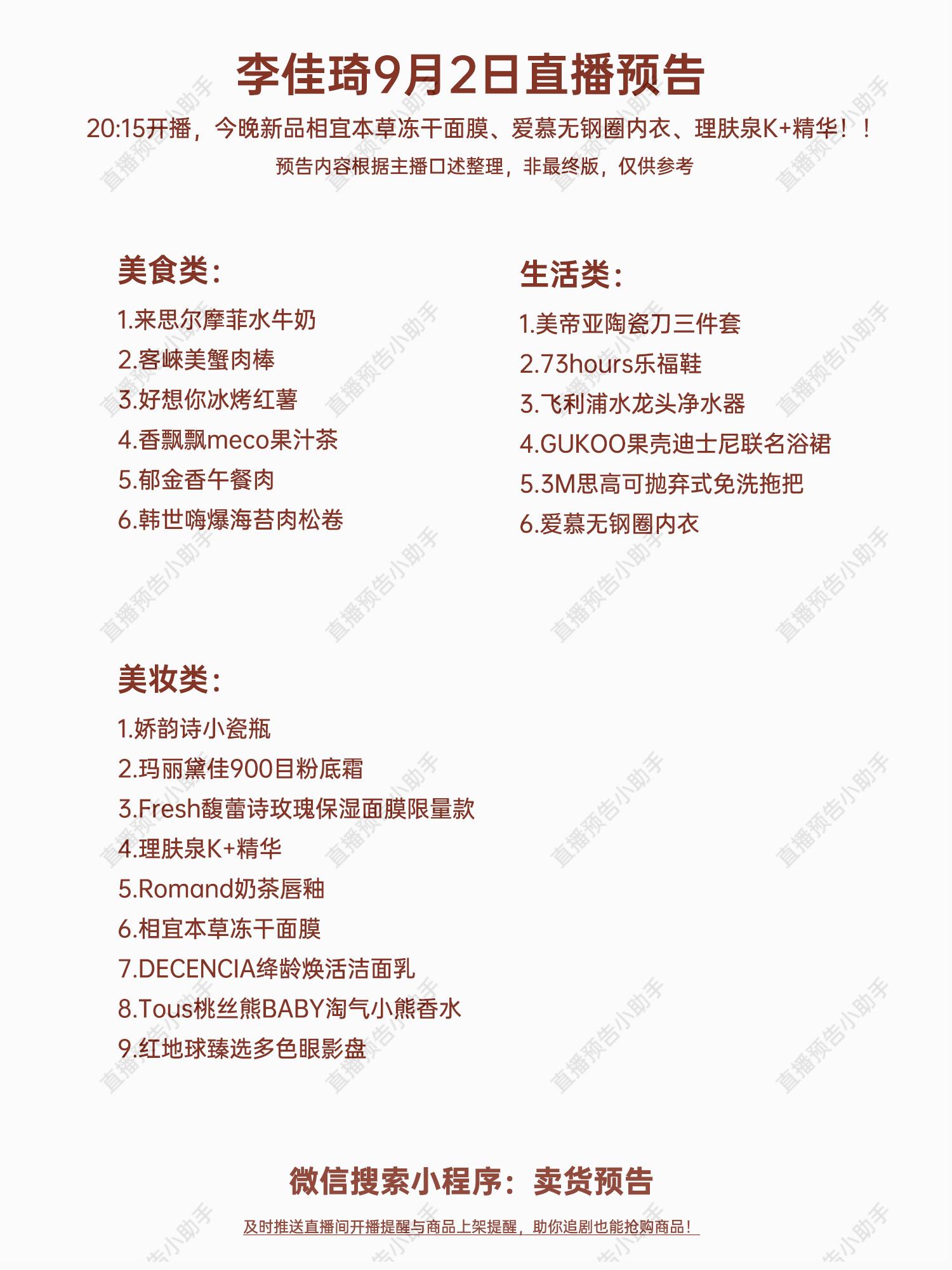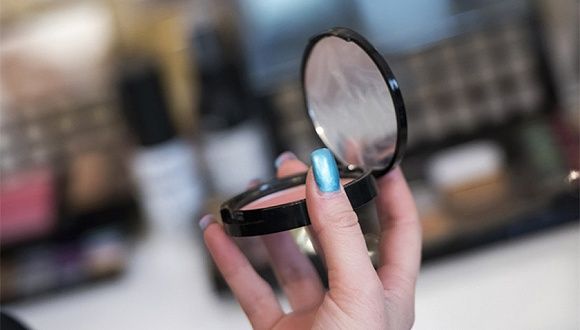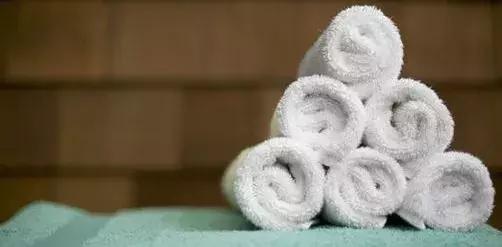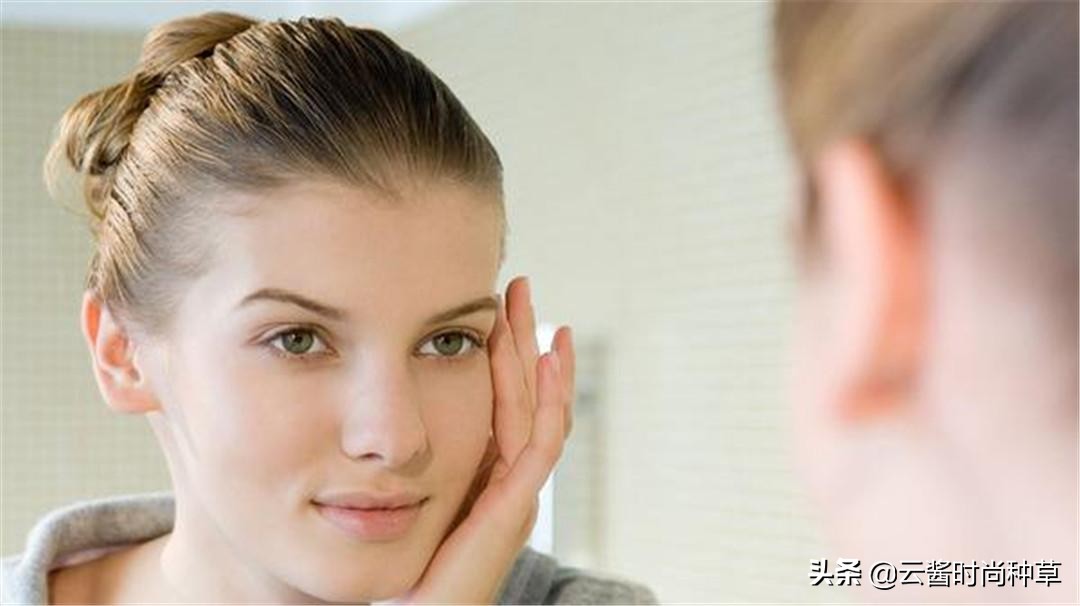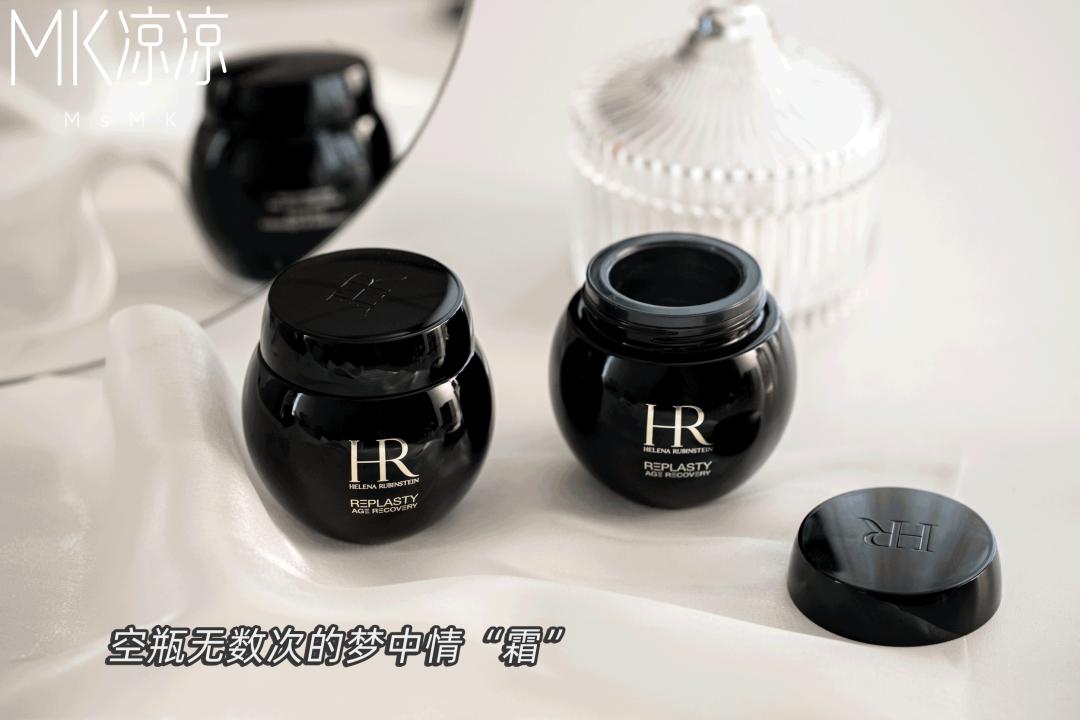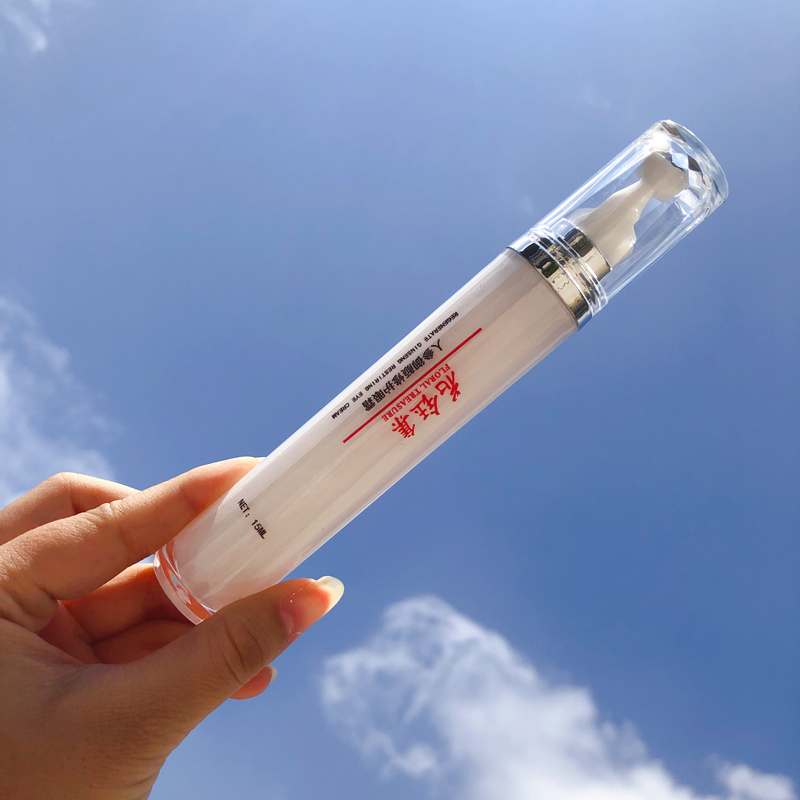白陶,就是指表里和胎质都呈白色的一种素胎陶器。它是用瓷土和高岭土为制陶原料,烧成温度在1000度左右。白陶基本上都是手制,以后也逐步采用泥条盘制和轮制。器型种类不多,有鬹、盉、爵、豆、钵、罍、壶、卣、觯等。白陶器在河南豫西一带的龙山文化晚期和二里头文化早期遗址中皆有发现。
橄榄瓶陶器

橄榄瓶:瓶的一种式样。撇口,短颈,肩、颈部内收,腹部微鼓,足部外撇,口、底大小相若,瓶体似橄榄,故名。宋代河南登封窑创制,清代仍有烧造,造型略有变化,颈部稍长,匀称秀美。
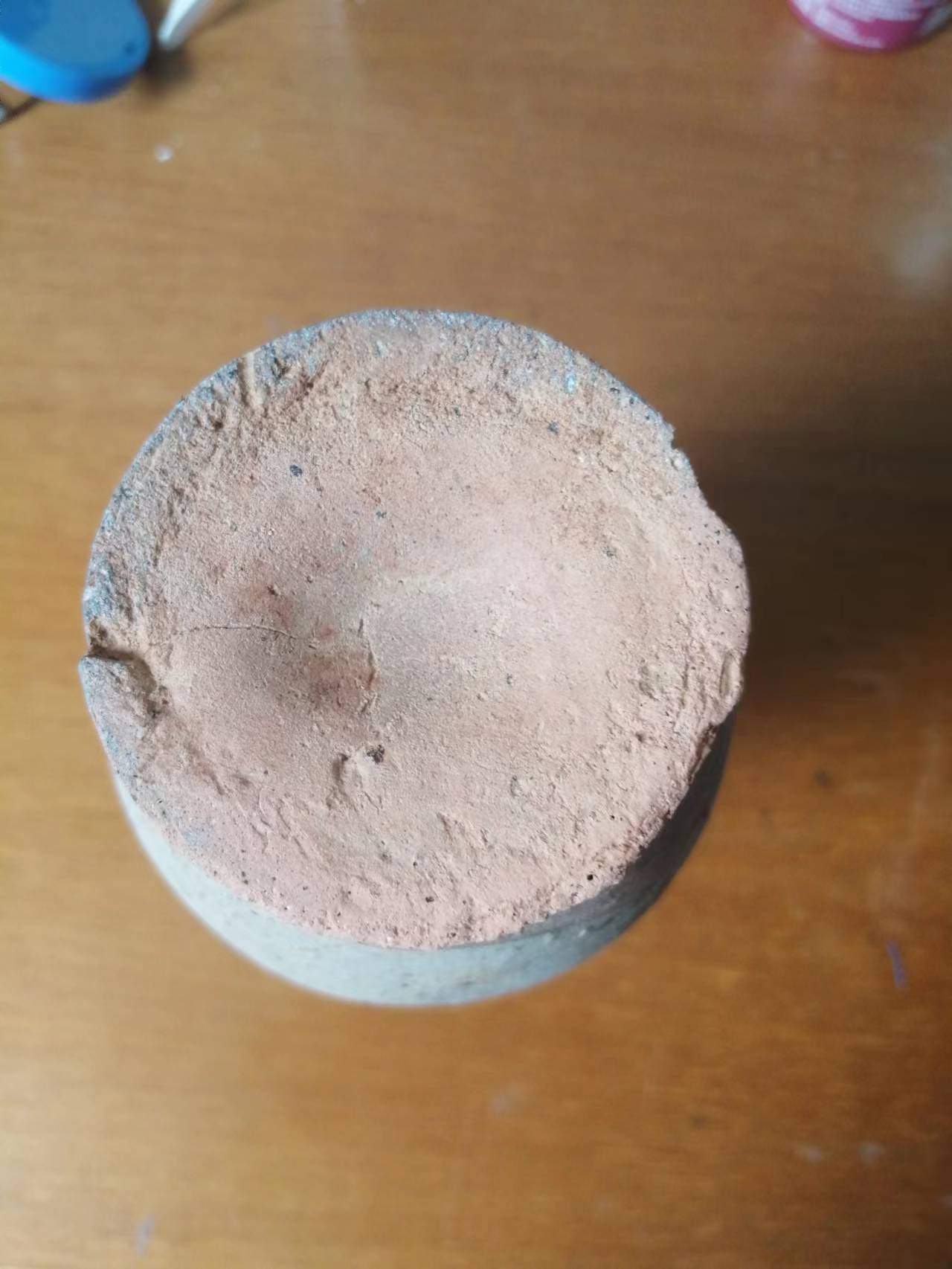
火石红,俗称“窑红”或“枇杷红”,都是指古代瓷器特别是元、明、清景德镇瓷器和龙泉瓷器露胎处所出现的橘红色或橙黄色的现象,它实际是由于胎土中存在的铁分子在高温中流动聚集,烧窑结束时在冷却过程又被二次氧化而呈现出来的色调,一般都附着于瓷器的胎釉结合处。其分布的特点是与胎釉结合处成平行的、宽窄不一的火石红圈,越靠近瓷器表面的 胎釉结合线,火石红晶体密度就越大,颜色就越浓重,随着远离釉面,露胎部位的火石红晶体的密度和颜色也就越浅淡直至消失。
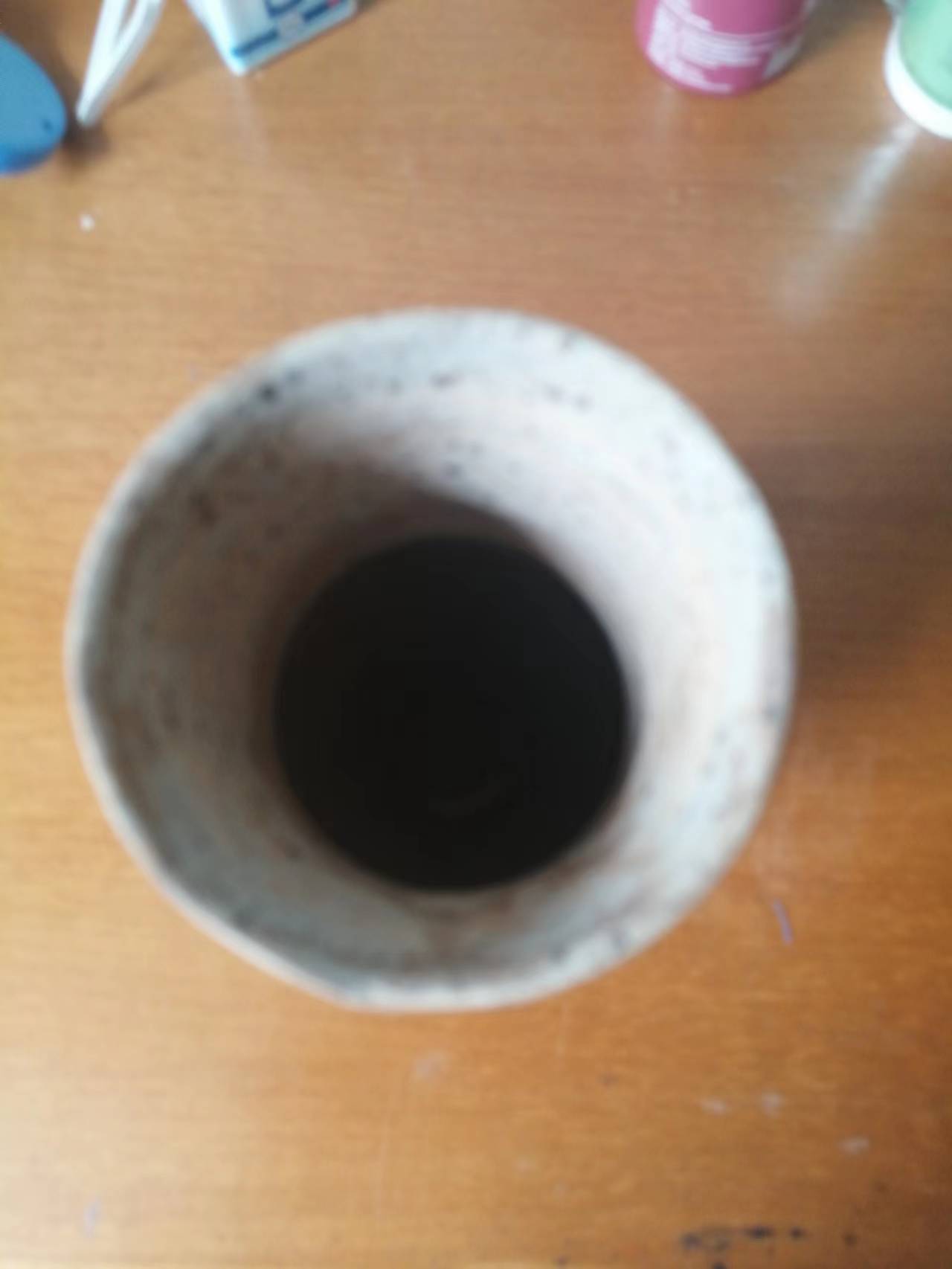
汲水器.红陶质,手工制作.器形为小直口,细颈,长圆腹,尖底,肩部或腹部有对称的双系,用以穿绳.器表有多绳纹.烧结程度较好,质地坚实.汲水时由于重力作用,瓶口会自然向下,待水将满时,瓶身自动倒转,口部向上.仰韶文化庙底沟类型及马家窑文化遗存中发现的尖底瓶略有不同.庙底沟类型的尖底瓶为双唇,小口,器身瘦长,肩腹部无系.马家窑文化的尖低瓶为侈口,直颈,折肩,腹有双系以细泥橙黄陶制成,器表涂浅红色陶衣,以黑彩绘旋纹,纹饰充满动感,制作精细.
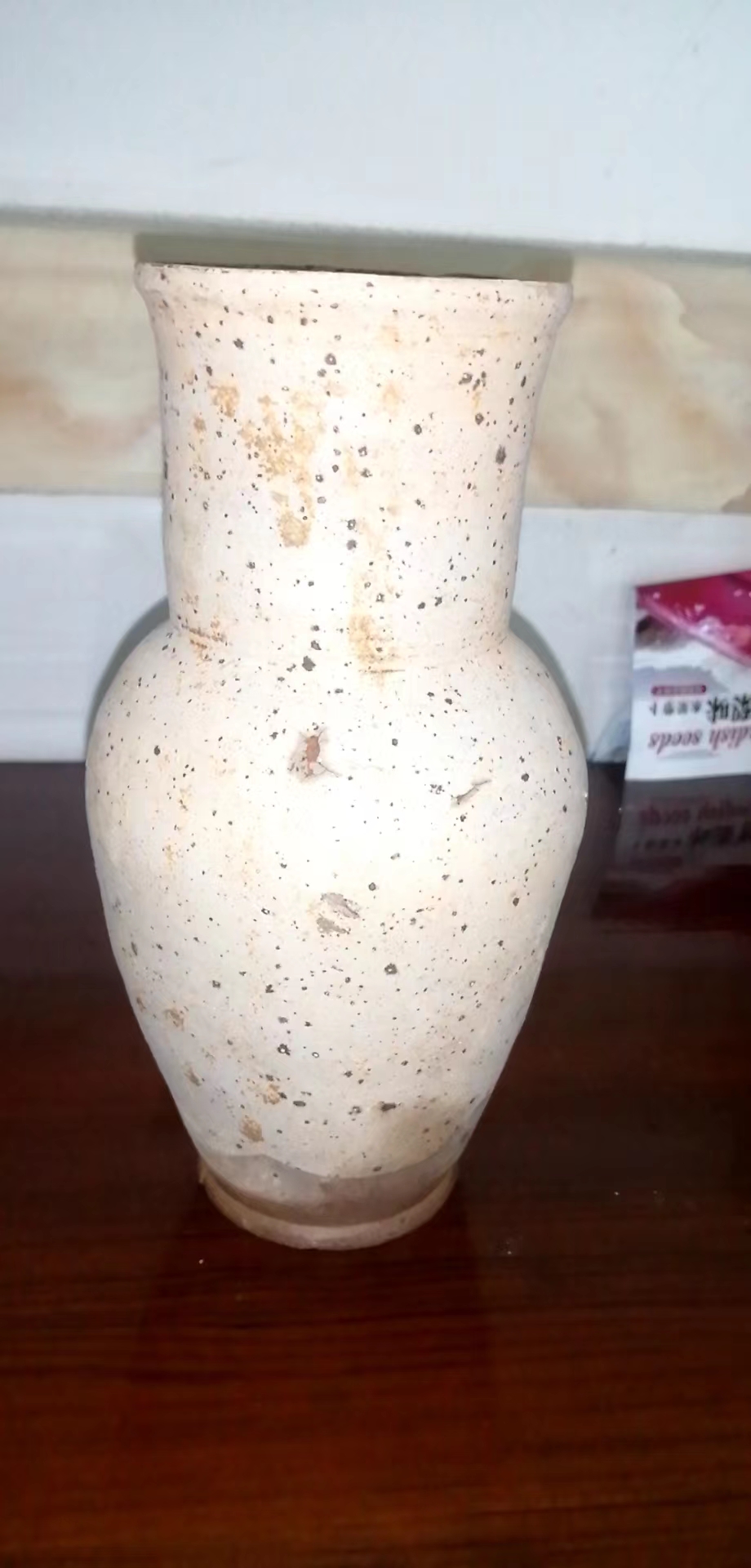
此瓶品相极其完美,无任何磕缺,穿线等瑕疵,历经漫长岁月,能有如此完好的品相极其难得,这是一件使用器,可以看到无任何装饰花纹,属于使用器无疑,而使用器物更是容易损坏,保存至今品相好的极为罕见,此陶器可为代表器物,存世较少,极具收藏价值。
英文翻译:White pottery is a kind of plain earthenware that is white inside and outside. It is made of China clay and kaolin as raw materials, firing temperature is about 1000 degrees. Basically, white pottery was made by hand, and later, clay disc system and wheel system were gradually adopted. Few kinds shape, including Gui, He, jue, beans, bowls, food, pot, You, vessels, etc. White pottery has been found in the late Longshan Culture and early Erlitou Culture sites in western Henan Province.
Olive bottle: A style of bottle. Skimming mouth, short neck, shoulder, neck adduction, abdominal microdrum, foot skimming, mouth, bottom size similar, bottle body like olive, hence the name. It was created in Dengfeng kiln in Henan Province in the Song Dynasty, and was still made in the Qing Dynasty. The shape was slightly changed, and the neck was slightly longer, and the symmetry was beautiful.
Flint red, commonly known as the red kiln or loquat red, is refers to the ancient porcelain especially in yuan, Ming and qing jingdezhen porcelain and longquan porcelain dew tire place appear the phenomenon of orange or orange yellow, it is actually due to the tire iron molecules that exist in the soil in the high temperature flow gathered themselves together, and at the end of the kiln in cooling process was the second oxidation and present tonal, It is generally attached to the joint of the glaze of the porcelain. Its distribution is characterized by a flint red circle of different width and parallel to the junction of the fetal glaze. The closer it is to the fetal glaze binding line on the surface of the porcelain, the greater the density of the flint red crystal and the stronger the color. With the distance from the glaze, the density and color of the flint red crystal in the exposed fetal part will be the lighter until it disappears.
Water collector. Red clay, handmade. The shape of the vessel is small straight mouth, thin neck, long round belly, pointed bottom, and symmetrical double ties on the shoulder or abdomen, used to wear rope. The table has many corded lines. The sintering degree is good and the texture is solid. When you draw water, the mouth of the bottle will go down naturally due to gravity. When the water is full, the bottle will automatically reverse and the mouth will go up. The type of temple bottom ditch of Yangshao culture and the pointed bottom bottle found in Majiayao cultural remains are slightly different. Temple bottom groove type of pointed bottom bottle for the lips, small mouth, slender body, shoulder abdomen without tie. The sharp low bottle of Majiayao culture is an extravagant mouth, with straight neck and folded shoulders. The belly is double series made of fine clay orange-yellow pottery. The table is painted with light red pottery clothes, and the spiral pattern is painted with black color.
The bottle appearance is very perfect, no depletion, threading flaws, such as after a long time, can have such good appearance is rare, this is a used, no decorative patterns, you can see belongs to use device, no doubt, and use of objects is easy to damage, since its appearance good is rare, this pottery can be represented by objects, there is less, extremely collection value.
版权声明:CosMeDna所有作品(图文、音视频)均由用户自行上传分享,仅供网友学习交流。若您的权利被侵害,请联系删除!
本文链接://www.cosmedna.com/article/622852191.html




